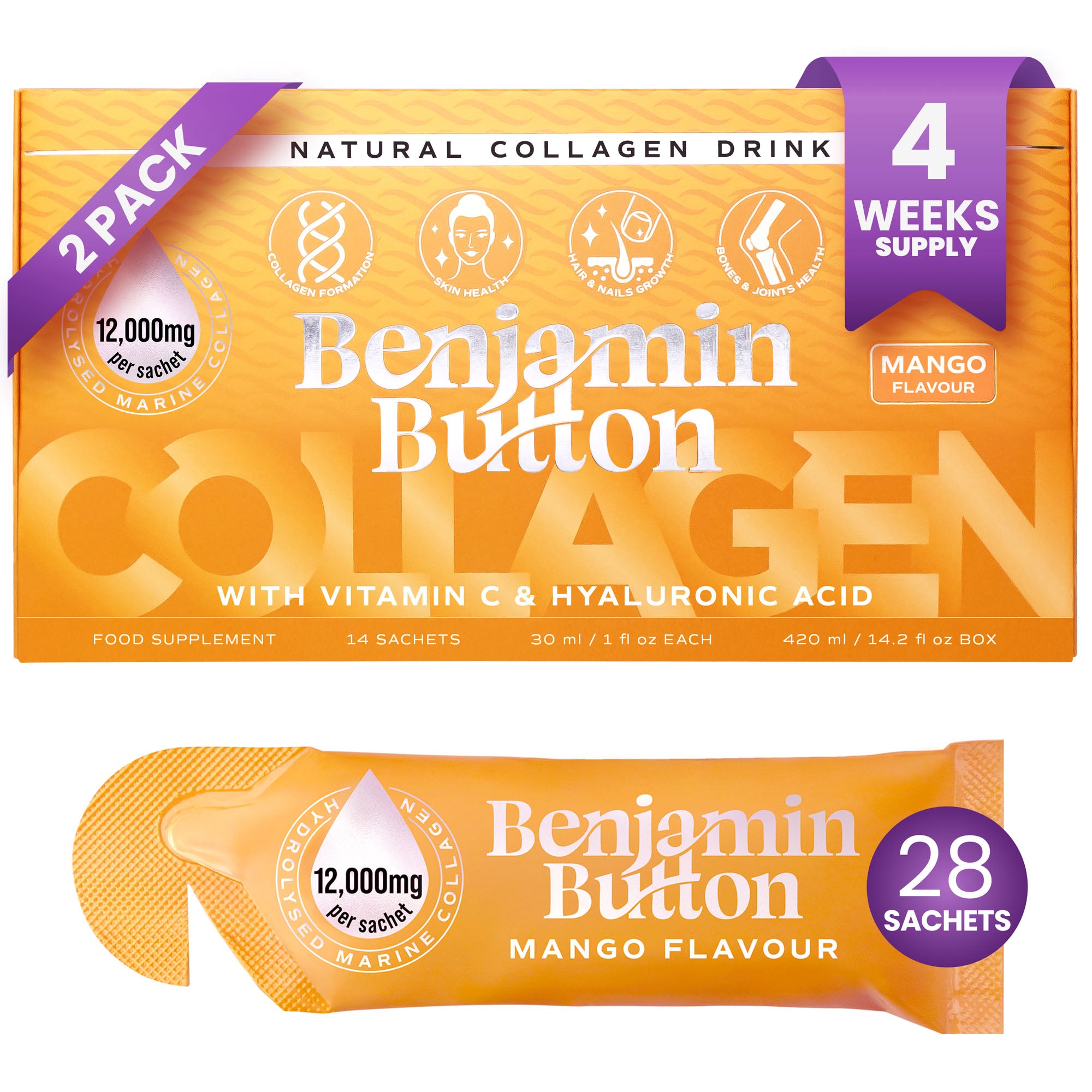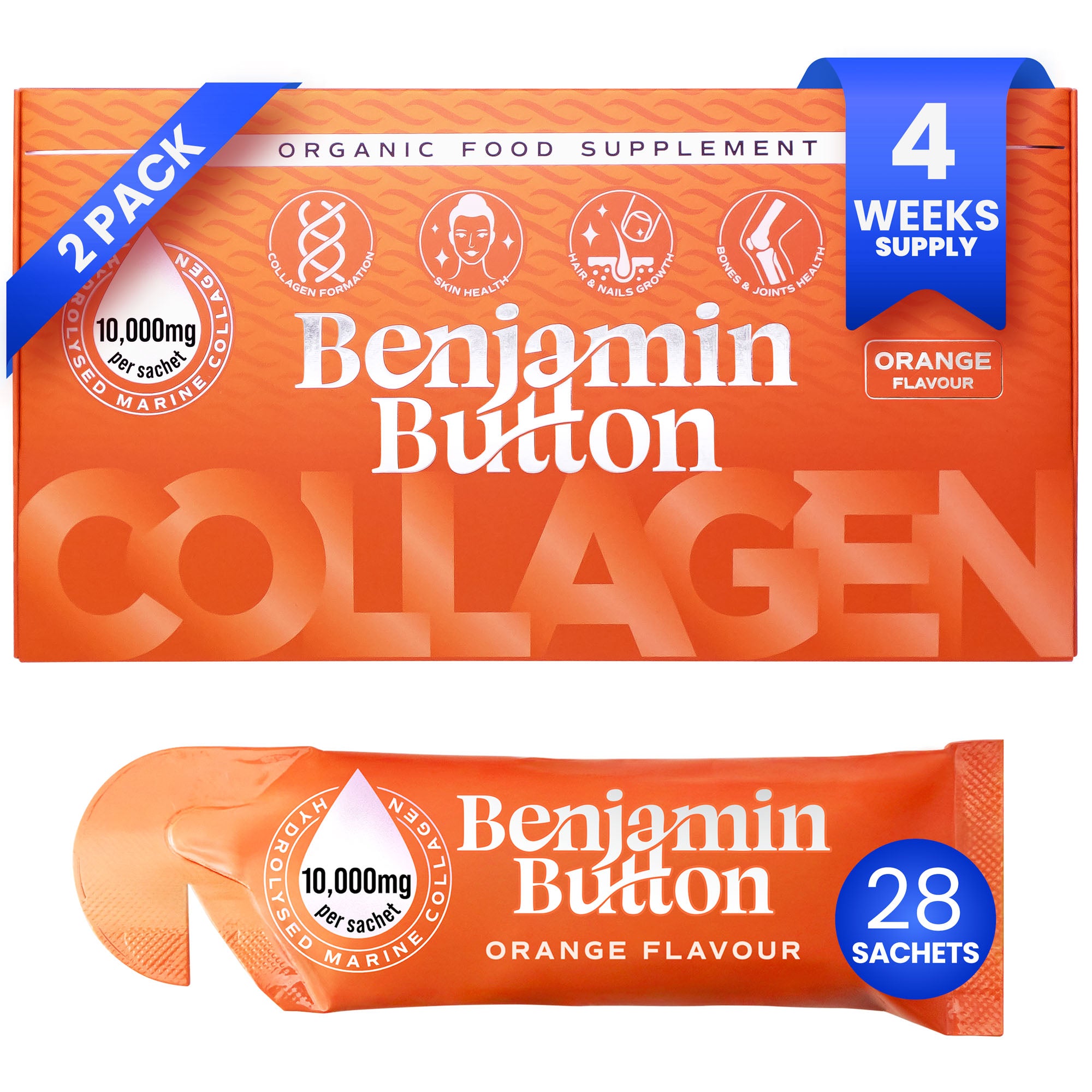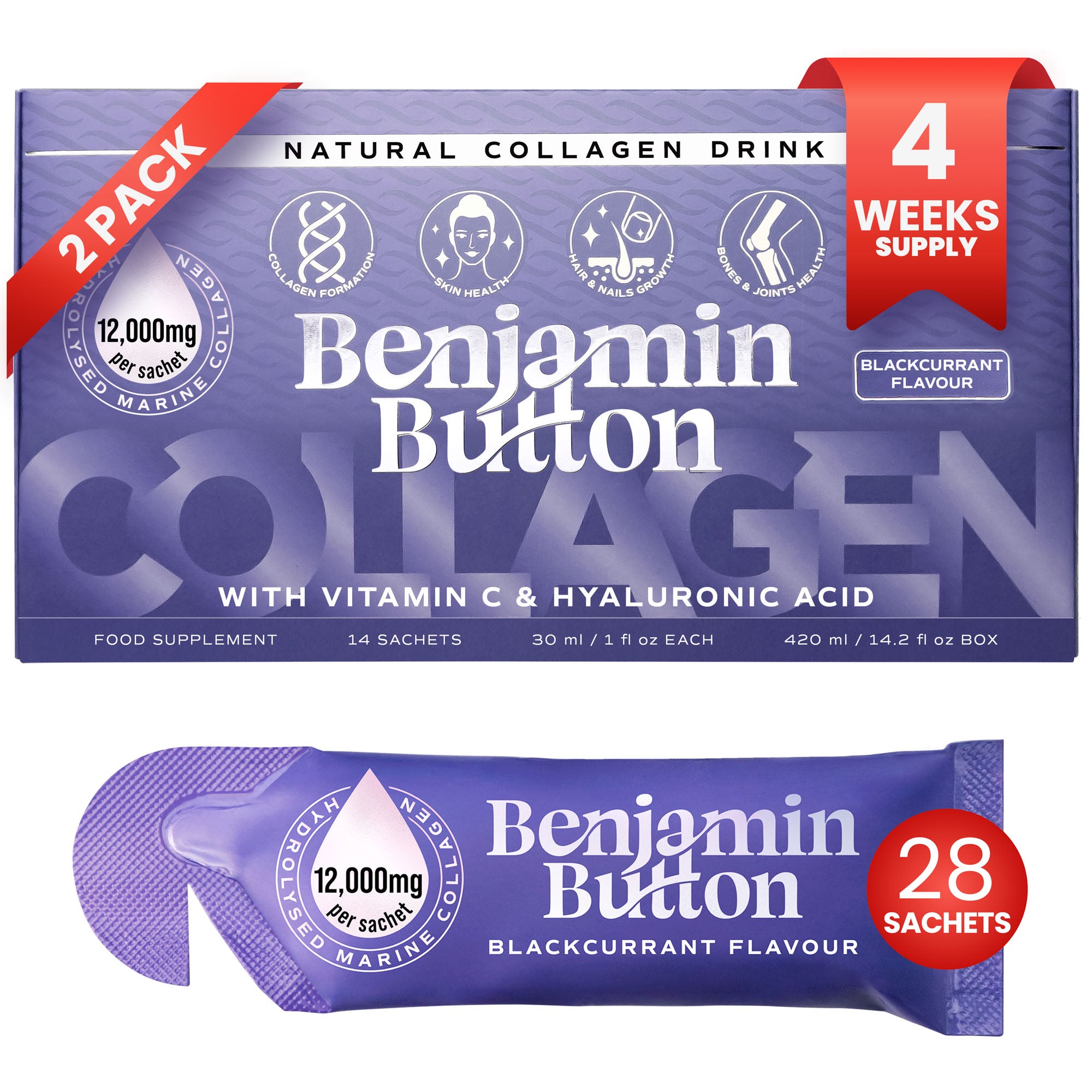11 Surprising Foods Lower in Fiber Than You Expect
Many of us associate high-fibre foods with health and wellness, believing that all grains, fruits, and vegetables are packed with this essential nutrient. However, the reality can be quite different. Some foods that appear to be healthy are actually lower in fibre than we might expect, potentially hindering our digestive health and overall well-being. Below are 11 surprising foods that often deceive us with their fibre content.1. White Bread
Despite being a staple in many diets, white bread is surprisingly low in fibre. Made from refined flour, it lacks the bran, which is rich in fibre. Consider switching to whole grain varieties for a healthier option.2. Instant Oatmeal
While oats are heralded for their health benefits, many brands of instant oatmeal contain significantly less fibre than traditional oats. The processing involved often strips away much of the fibre, leaving you with a less nutritious breakfast option.3. Fruit Juice
Though fruit juice can be a quick and tasty way to get a dose of vitamins, it’s often low in fibre. Most of the fibre is lost during processing, making whole fruits a much better choice for maintaining good fibre levels.4. Rice Cakes
Rice cakes are often marketed as healthy snacks, but they are typically very low in fibre. While they are light and crunchy, they won’t provide the fibre boost that other snacks can, such as fruits or vegetables.5. Potatoes with Skin
Interestingly, while the skin of potatoes contains some fibre, the actual potato flesh is quite low in fibre content. Many people believe that baked potatoes are a great source of fibre, but it's the skin that holds most of it, not the flesh.6. Snack Bars
Many snack bars are packaged as health foods but can be very low in fibre. Often, they are made with refined ingredients. Check the labels for fibre content before assuming they will offer a health benefit.7. Almond Milk
Almond milk has gained popularity as a dairy alternative. However, many commercial varieties contain very little fibre compared to their full-fat counterparts. Opting for unsweetened almond milk can reduce sugar intake, but it does not solve the fibre issue.8. Applesauce
While apples are a solid source of fibre, applesauce usually lacks it. The cooking process typically removes much of the fibre, making fresh apples a more beneficial choice for those looking to increase their intake.9. Certain Vegetables
Vegetables are generally considered a great fibre source, yet some—such as cucumber or lettuce—are surprisingly low in fibre. Including a range of different vegetables in your diet is essential for achieving a healthy fibre intake.10. Frozen Yogurt
While frozen yogurt may seem like a healthier choice compared to ice cream, it is often low in fibre. Not all frozen yogurts are created equal, so it's wise to check the ingredient list and nutritional information.11. Honey
While honey is often considered a natural sweetener, it completely lacks fibre. Using honey as a substitute for sugar can reduce certain health risks, but it does not add any fibre to your diet.In conclusion, while many of these foods may be labelled as healthy, they often fall short in the fibre department. Incorporating true high-fibre options such as fruits, vegetables, legumes, and whole grains into your diet makes a significant difference in your overall health. Being aware of the fibre content in these common foods can empower you to make better dietary choices every day. Choose wisely, and ensure that your meal plan includes plenty of fibre-rich options for optimal health and wellness.





















